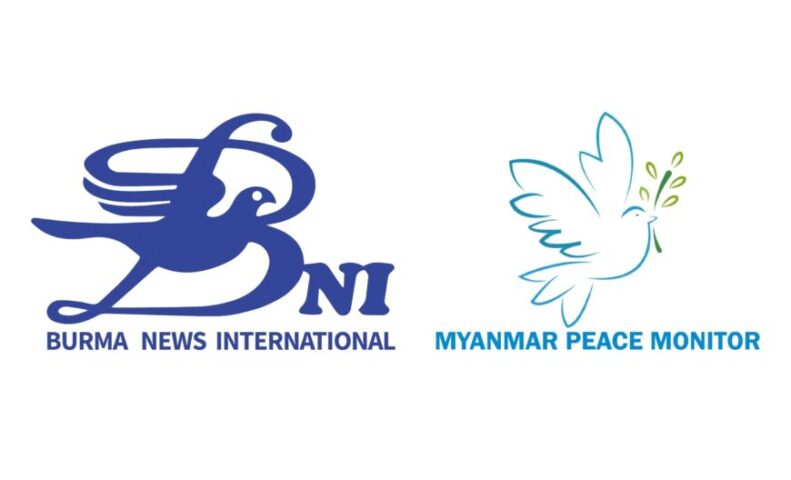An interview with Nan Moh Moh, spokesperson for nine ethnic resistance organizations and state/ethnic representative federal councils, on the significance of AFTA in drafting the federal constitution and the ongoing drafting process
On 12 February, nine members —ethnic resistance organizations, including the Karen National Union (KNU), and state/ethnic representative federal councils —issued a statement. In the statement, they declared their commitment to rebuilding the nation by establishing a future Federal Democratic Union based on a “Bottom-Up Federalism Approach,” emphasizing strengthening the states for a strong union.
The statement also highlighted that, starting from this interim period, they have begun drafting the Articles of Federal Transitional Arrangement (AFTA) to serve as a governing document with the same effect as a constitution during the transitional phase.
To discuss the AFTA —its significance in shaping a federal constitution and the ongoing drafting process—Karen Information Center (KIC) interviewed Nan Moh Moh, spokesperson for the nine organizations of ethnic resistance organizations and state/ethnic representative federal councils included in the statement.
Q: Can we say that drafting and implementing AFTA is an initial step toward the Bottom-Up Federalism you’re pursuing? Could you tell us what stage it’s at?
A: When it comes to the interim constitution, we’re still in the process of drafting it, and it’s not anywhere near complete yet. Right now, we’re only at the stage of discussing what kind of governance model we’ll adopt during this interim period. So yes, you could say this law is an initial step toward the Bottom-Up Federalism we’ve been talking about.
On one hand, we are fighting against the dictatorship. On the other hand, when it comes to building, we are moving forward by constructing from the federal units upward.
Q: As we understand, this law is only for the transitional period. So, does that mean it will automatically expire once the Federal Union is established and a formal constitution is enacted?
A: Yes. This constitution is to be used during the interim or transitional period. Within it, we’ll outline how we’ll draft the constitution for our Federal Union. We’ll use this interim constitution to write the federal constitution. Once the federal constitution is finalized, the interim constitution will cease to exist. So, it’s a step-by-step process, and the details will be included in AFTA itself.
Q: The announcement mentions that nine organizations are involved. But there are still many other resistance and political groups aiming for a federal system—like the NUG, for example. What would you say about their acceptance of or cooperation with AFTA?
A: For now, the statement only includes these nine organizations because they’re the resistance forces we’ve been consistently working with. But we’re not just moving forward with these nine groups alone. There are plenty of other political and resistance organizations not mentioned in the statement. So, it’s not like we’re only working on this with these nine—we’re also coordinating and consulting with other groups.
Q: We see that some state/ethnic representative groups are also part of this statement. Some of these groups are already drafting constitutions specific to their states. How does the AFTA you’re currently working on differ from those?
A: Our AFTA isn’t about the specifics of individual state units—it’s being drafted with the entire union level in mind for the end of the transitional period. Yes, right now, those states and units have their own laws and are drafting or even implementing their own constitutions. So how are they different? Well, they’re somehow linked to each other.
It’s because the AFTA we’re drafting can’t contradict the state constitutions, just as the state constitutions can’t contradict AFTA. Even though each state is moving forward with its own framework, AFTA is about determining what kind of governance model should exist, must exist, and needs to exist across the whole country.
Q: Besides preparing for transitional governance, what steps are you taking during this revolutionary period to ensure justice for victims of injustices?
A: Yes, we’re preparing for transitional governance. But at the same time, within AFTA—though not in great detail or comprehensively yet—we’ll include how we plan to deliver justice during this transitional period.
Especially when it comes to human rights violations and the injustices the public is facing, we’ve discussed and agreed that ensuring justice for them must be explicitly included in AFTA. But as for the exact forms that will take, we haven’t fully discussed or fleshed out the details yet.
Sent by KIC.

